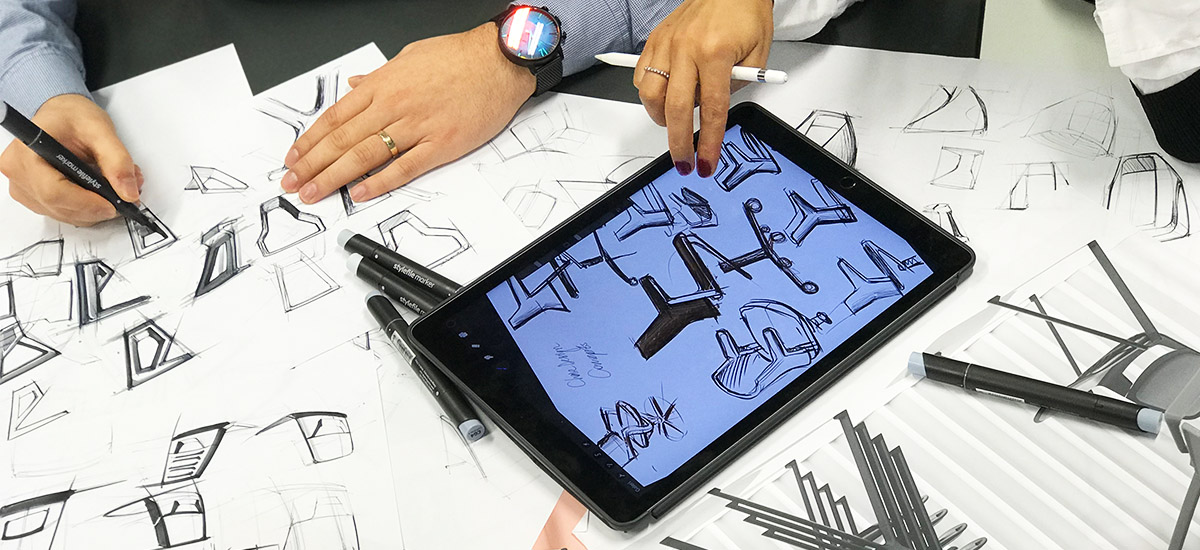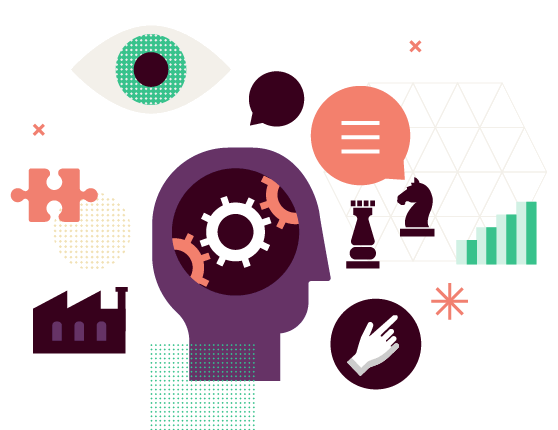Innovative product and service designs are significant projects that guide business strategies and add value to the company. Innovative approaches are more and more emphasized in the product design field. Designs that have high business value meet business goals, create strategic contributions to the organization and provide measurable results. Therefore, design should be considered as an investment. The value of design should be financially measurable and comparable. Managers and designers should work collaboratively to understand and measure the business value of the design.
Understanding the Business Value of Design

There is no direct and simple way to measure the value of a design. Throughout different stages of a project, design creates value in so many different ways. However, most of the time, these get ignored in the process. Some of the main misconceptions are:
Design is:
- A cost, not an investment
- Just an operational process
- Not a complex process
- Design has no strategic significance within an organization
Design Leadership
According to McKinsey’s “The Business Value of Design” report, investing in design contributes to financial growth. Research proves that companies that invest in design perform twice as much on average. These companies acknowledge the relationship between design and senior management, therefore they rigorously analyze the design performance. However, in most companies, design-related issues get stuck at mid-level management. When the value created by design can’t be measured, it will be harder for designers to rise to the upper levels of an organization and influence the decision making processes. On the other hand, design-centered vision provides significant financial returns. If the projects are progressing under the leadership of design, it will become easier to make meaningful negotiations with senior management.
The Impact of Design on Economy
Today, service and technology are the essential engines of growth in the world economy. As the economic order transforms itself, design takes on a role that encourages innovation and efficiency. According to Design Council’s “The Design Economy 2018” report, in 2016, the design sector in England added a gross value of £ 85.2 billion to the economy. This is equivalent to 7% of the UK’s total gross value added, in other words, the total of the distribution, transportation, accommodation and food sectors.
So, What Methods Can Be Used to Measure the Value of a Design?
Calculating the Return on Design Investment
Return on Investment is a performance measure used to evaluate the efficiency of an investment. Similarly, the profitability of design investment can be measured by focusing only on the design aspect of a project. In order to properly evaluate the return on investment, certain conditions must be met. Firstly, you should be able to measure the financial contribution of the design to the project. Increase in market share, optimization of production costs, change in export figures and etc. Subsequently, the financial contribution of design should be comparable to other components It is also important that there is enough data to compare the financial value of the project to other projects. Thus, the strategic role and economic effects of design will become clear.
However, it is necessary to change certain misconception in order to properly measure the return on design investment. Expenditures on design are generally considered as cost, not investment. Therefore, it is important to conceptualize design investment correctly. On the other hand, you need to be careful not to restrict design to just a financial value. It is important to note that, design also affects the brand identity, and helps to develop long-term relationships with the customer. These are also essential to success, but hard to measure directly. We obtain a limited perspective when the value of the design is measured only by financial variables.

Measuring the Value of Design with a Balance Scorecard
Is it possible to develop a method of measurement that includes the way design improves the process? Balanced Scorecard, which is frequently used as a performance measurement tool, can be adapted to a design-based approach. Balanced Scorecard has many metrics varying from strategic planning of projects to management. The method encompasses different perspectives of project management so that it can provide a pathway of communication between designers and managers. Balanced Scorecard addresses four different approaches: customer satisfaction, process, learning and financial growth.
With these four different approaches, you can analyze complex structure of the design better. The customer channel focuses on offering unique features to the end user. The process channel focuses on facilitating overall coordination and leading the internal operations. The learning channel looks at the transformative effect of design and its capacity to capture new opportunities in the market. Lastly, finance channel highlights the business value of design. Thus, all stakeholders can have a more comprehensive evaluation of design and its influence on a project.
There are other methods used to measure the value of the design. The important thing is to find the right measurement method that fits your business goals.
 Primitive Use of Artificial Intelligence: A Look from Past to Present
Primitive Use of Artificial Intelligence: A Look from Past to Present  The Future of Medical Design
The Future of Medical Design  A Night Full of Prizes: Celebrating 4 Wins at iF Design Awards 2023
A Night Full of Prizes: Celebrating 4 Wins at iF Design Awards 2023